Home>Articles>Not Your Forever Home? These Are The Renovations You Should Skip
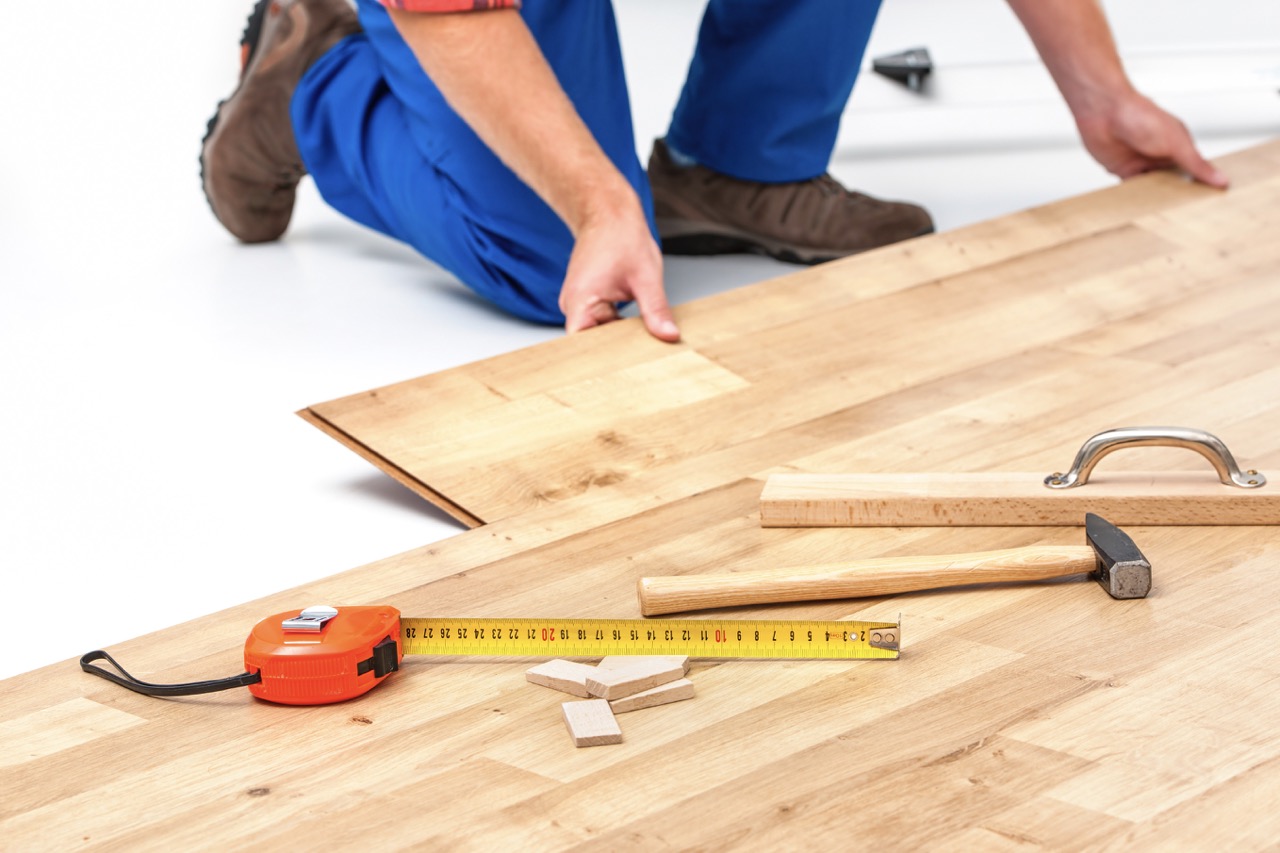

Articles
Not Your Forever Home? These Are The Renovations You Should Skip
Modified: October 19, 2024
Discover the top renovations to avoid if you're not in your forever home. Read our articles for expert advice and save yourself from unnecessary expenses.
(Many of the links in this article redirect to a specific reviewed product. Your purchase of these products through affiliate links helps to generate commission for Storables.com, at no extra cost. Learn more)
Introduction
When it comes to renovating your home, it’s important to make wise decisions that not only improve its aesthetic appeal but also add value in the long run. However, not all renovations are created equal, and there are certain upgrades that you may want to skip if you don’t plan on staying in your current home forever.
In this article, we will explore the renovations that you should consider skipping if you’re not planning to make your current home your forever home. These renovations may be costly, specific to your personal taste, or may not align with market trends in the long run.
By understanding these potential pitfalls, you can make more informed decisions about your renovation projects and ensure that you invest your time and money in upgrades that will have the greatest impact on your home’s value and appeal.
So, let’s dive in and discover the renovations that you should think twice about when considering the long-term value of your home.
Key Takeaways:
- Renovations should align with long-term goals and market trends. Skip costly, personalized upgrades and focus on timeless, broad-appeal improvements to maximize home value.
- Avoid over-the-top landscaping, trendy design choices, and home additions that exceed local market value. Prioritize functionality, curb appeal, and timeless upgrades for a more marketable home.
Why You Should Skip Some Renovations
Renovations can be exciting and can transform your home into a more functional and aesthetically pleasing space. However, not all renovations are worth the investment, especially if you don’t plan on staying in your current home for an extended period. Here are a few reasons why you should consider skipping some renovations:
- Cost vs. Return on Investment: Some renovations, such as structural changes or luxury customizations, can be quite expensive. If you’re not planning to enjoy these upgrades for a significant amount of time, the cost may not justify the return on investment.
- Personalized Tastes: Renovations that are tailored to your unique taste or style may not appeal to potential buyers if you decide to sell your home in the future. While it’s important to make your space feel like your own, it’s also important to consider how these changes may impact the resale value of your home.
- Market Trends: Home design trends come and go, and what may be popular and fashionable now could quickly become outdated. Investing in trendy renovations that may not stand the test of time could lead to a decrease in your home’s value in the future.
- Location-Specific Features: Certain renovations, such as elaborate outdoor kitchens or custom swimming pools, may not be desirable in all locations. If your home is in an area where these features are not commonly found or appreciated, it may be better to invest in other upgrades that have broader appeal.
- Scope and Extent of Renovations: Renovations that involve major structural changes, such as removing load-bearing walls or adding additional floors, can be costly and time-consuming. If you’re not planning to stay in your home for the long term, it may not be practical to undertake these extensive renovations.
While it’s important to improve your living space and make it enjoyable for yourself, it’s equally important to consider the potential impact on your home’s value if you decide to sell in the future. By understanding the reasons to skip certain renovations, you can make more informed decisions and prioritize upgrades that have a higher likelihood of increasing your home’s value, regardless of whether it’s your forever home or not.
Structural Changes That Alter the Home’s Layout
One of the renovations you should consider skipping if you’re not staying in your current home for the long term is making structural changes that alter the home’s layout. These types of renovations can be expensive, time-consuming, and may not provide a significant return on investment if you decide to sell in the future.
Removing load-bearing walls is a common structural change that homeowners consider to create an open concept floor plan. While this can be visually appealing and create a sense of spaciousness, it’s important to consult with a structural engineer or contractor to ensure that removing a load-bearing wall won’t compromise the structural integrity of your home. Additionally, potential buyers may have different preferences and may prefer a more traditional floor plan with delineated rooms, so it’s essential to consider the long-term marketability of your home.
Adding additional floors is another renovation that can significantly alter the layout of your home. While this may provide extra living space and increase the value of your home in some cases, it’s important to consider whether this expansion aligns with the character and style of the neighborhood. If your home ends up being much larger or taller than the surrounding houses, it may be challenging to find buyers who are willing to pay a premium for the added space.
In addition, structural changes often involve obtaining permits and going through the inspection process, which can be time-consuming and add hassle to the renovation process. If you’re not planning to stay in your home for an extended period, it may not be worth the effort and investment to undertake these major structural changes.
Instead of focusing on structural changes, consider other renovations that can enhance the functionality and aesthetic appeal of your home without significantly altering the layout. Upgrading fixtures, refreshing paint colors, or replacing flooring can give your home a fresh look without the expense and hassle of structural modifications.
Ultimately, when considering renovations that alter the home’s layout, it’s important to weigh the potential costs, time commitment, and long-term marketability of your home. If you’re unsure about the impact of these structural changes, consult with a real estate agent or professional contractor who can provide insight into the potential return on investment and marketability of your home with these modifications.
Expensive and Customized Features
When renovating your home, it’s important to consider the cost versus the potential return on investment. Some renovations that are highly personalized or feature luxury materials and finishes may not provide a significant increase in your home’s value if you don’t plan on staying in the property for an extended period.
Investing in luxury materials and finishes, such as high-end marble countertops, custom cabinetry, or imported tile, can add a touch of elegance and sophistication to your home. However, these expensive upgrades may not yield a substantial return on investment when it comes time to sell. Potential buyers may not be willing to pay the premium for these customized features, especially if they have different tastes or prefer a more neutral design palette.
Similarly, high-end appliances can significantly increase the cost of your renovation, but they may not necessarily add significant value to your home in the long run. While stainless steel appliances and smart home technology may be desirable to some buyers, others may not see them as essential and may not be willing to pay extra for these features.
Instead of investing heavily in customized and expensive features, consider focusing on upgrades that have broader appeal and provide a higher return on investment. For example, updating the kitchen or bathroom with modern fixtures, improving energy efficiency, or enhancing curb appeal with landscaping can provide a more noticeable impact on your home’s value.
Remember, the goal of renovations is to enhance the overall appeal of your home while ensuring a return on investment. Carefully consider the potential marketability and resale value of the personalized and expensive features you intend to add. It’s important to strike a balance between making your home comfortable and stylish to suit your taste and considering how those choices will be perceived by potential buyers.
Consulting with a real estate agent or a professional interior designer can provide valuable insights into the renovations that will have the most impact on your home’s value, regardless of whether it’s your forever home or not.
Before starting any major renovations, consider the resale value of your home. Skip trendy or overly personalized upgrades that may not appeal to future buyers. Focus on timeless, high-quality improvements instead.
Over-the-Top Landscaping and Outdoor Features
When it comes to renovating your outdoor space, it’s important to consider whether the upgrades you’re planning align with the long-term market trends and the potential return on investment. Over-the-top landscaping and outdoor features, such as custom swimming pools and elaborate outdoor kitchens, may not provide a significant increase in your home’s value if you’re not planning to stay in your current home for an extended period.
While custom swimming pools can be a luxurious addition to your backyard, they come with a hefty price tag. Not only is the installation expensive, but the maintenance and ongoing costs can also add up. Additionally, not all potential buyers may see a swimming pool as a desirable feature. Some may view it as a liability due to the additional maintenance and potential safety concerns, while others may simply not have an interest in swimming.
Similarly, elaborate outdoor kitchens with built-in grills, sinks, and countertops may be highly appealing for those who enjoy outdoor entertaining. However, it’s important to consider the context of your neighborhood and the potential demand for such features. If outdoor kitchens are not commonly found or highly valued in your area, investing in this renovation may not yield a significant return on investment when it comes time to sell.
Rather than focusing on over-the-top landscaping and outdoor features, consider improvements that have broad appeal and add value to your outdoor space. Enhancing curb appeal through well-maintained landscaping, creating functional and inviting outdoor living areas, or adding simple yet stylish features like a fire pit or a patio can offer a more universally appealing outdoor space.
As with any renovation, it’s essential to consider the potential return on investment and the marketability of your home with these outdoor features. Consulting with a real estate agent or a landscaping professional can provide valuable guidance on the renovations that will have the most impact on your home’s value, regardless of whether it’s your forever home or not.
Read more: When Should You Replace Your Air Conditioner
Trendy and Personalized Design Choices
When renovating your home, it’s tempting to incorporate the latest design trends and personalize your space to reflect your unique style. However, it’s important to consider the long-term marketability of these trendy and personalized design choices, especially if you’re not planning to stay in your current home for an extended period.
One design choice to be cautious about is bold color schemes. While vibrant and bold colors can make a statement and add personality to your home, they may not appeal to a wide range of potential buyers. Bold color choices can be polarizing and may not align with the preferences of the majority. This can make it more challenging to sell your home in the future and may require repainting or covering up those bold colors to appeal to a broader audience.
Similarly, unique wallpaper patterns can be a personal design choice that reflects your individuality and creativity. However, wallpaper trends change over time, and what may be considered fashionable and appealing now could quickly become outdated. Removing wallpaper can be a tedious and time-consuming task, and potential buyers may be deterred by the effort required to replace or remove unconventional wallpaper patterns.
Instead of focusing solely on trendy and personalized design choices, consider incorporating timeless and classic elements into your home’s design. Neutral color palettes, versatile finishes, and timeless materials can provide a more universally appealing aesthetic that stands the test of time. You can still add personal touches through accessories, artwork, or easily changeable elements that reflect your unique style.
By striking a balance between personalization and broad market appeal, you can create a home that is both stylish and attractive to potential buyers if you decide to sell in the future.
It’s important to keep in mind that design preferences vary from person to person, and what may appeal to you may not resonate with others. If you’re unsure about the long-term marketability of your design choices, consulting with a real estate agent or an interior designer can provide valuable insights and help guide your decision-making process.
Home Additions That Exceed Local Market Value
When considering renovations, it’s crucial to assess whether home additions align with the local market value and demand. Adding large extensions or extra rooms or wings to your home can be costly undertakings that may not provide a significant return on investment if you’re not planning to stay in your current home for an extended period.
Large extensions that significantly increase the square footage of your home may not align with the market value of properties in your area. Buyers in your local market may not be willing to pay a premium for the additional space if it exceeds the average square footage of comparable homes in the neighborhood. In some cases, an oversized home may actually be harder to sell as it may not appeal to the average buyer’s needs or budget.
Similarly, adding extra rooms or wings to your home can also be a costly venture that may not provide a significant return on investment in the long run. While it may seem appealing to have extra rooms for specific purposes, such as a home office or a game room, it’s important to assess whether these additions align with the needs and preferences of potential buyers in your area.
Instead of focusing on large scale and costly home additions, consider renovations that improve the functionality and flow of your existing space. Updating the kitchen or bathroom, creating an open concept layout, or enhancing the overall floor plan can provide a more cost-effective way to improve your home’s value.
It’s vital to do thorough research and consult with a real estate agent or a contractor familiar with your local market to understand the typical home sizes and features that are in demand. By considering the market value and demand, you can ensure that your renovation investments align with the expectations of potential buyers in your area.
Remember, if you’re not planning to stay in your home for the long term, it’s important to carefully consider the potential return on investment of any major additions or modifications. By focusing on renovations that align with the local market value, you can make informed decisions that improve your home’s value and appeal to a wider range of potential buyers.
Conclusion
When it comes to home renovations, it’s important to make strategic choices that align with your long-term goals and maximize the value of your investment. If you’re not planning to stay in your current home for an extended period, there are certain renovations that you should consider skipping.
Structural changes that alter the home’s layout, such as removing load-bearing walls or adding additional floors, can be expensive and may not provide a significant return on investment when it comes time to sell. Expensive and customized features, such as luxury materials and high-end appliances, may not appeal to a wide range of potential buyers and could limit the marketability of your home.
Over-the-top landscaping and outdoor features, like custom swimming pools or elaborate outdoor kitchens, may not justify the cost and ongoing maintenance if you’re not planning to enjoy them for an extended period. Trendy and personalized design choices, such as bold color schemes or unique wallpaper patterns, may not have broad market appeal and could potentially alienate potential buyers.
Additions that exceed local market value, such as large extensions or extra rooms, may not align with the expectations and demands of buyers in your area and could make your home harder to sell in the future.
Instead of focusing on these renovations, consider upgrades that have broader market appeal and offer a higher return on investment. Focus on improving functionality, enhancing curb appeal, and creating a timeless and inviting atmosphere. It’s also essential to consult with professionals and do thorough research to understand the market trends and demands in your area.
In the end, the key is to strike a balance between making your home comfortable and personalized for your current needs while considering the potential marketability and resale value in the future. By making informed decisions and prioritizing renovations that have a higher likelihood of increasing your home’s value, you can make the most of your investment, whether it’s your forever home or not.
Frequently Asked Questions about Not Your Forever Home? These Are The Renovations You Should Skip
Was this page helpful?
At Storables.com, we guarantee accurate and reliable information. Our content, validated by Expert Board Contributors, is crafted following stringent Editorial Policies. We're committed to providing you with well-researched, expert-backed insights for all your informational needs.
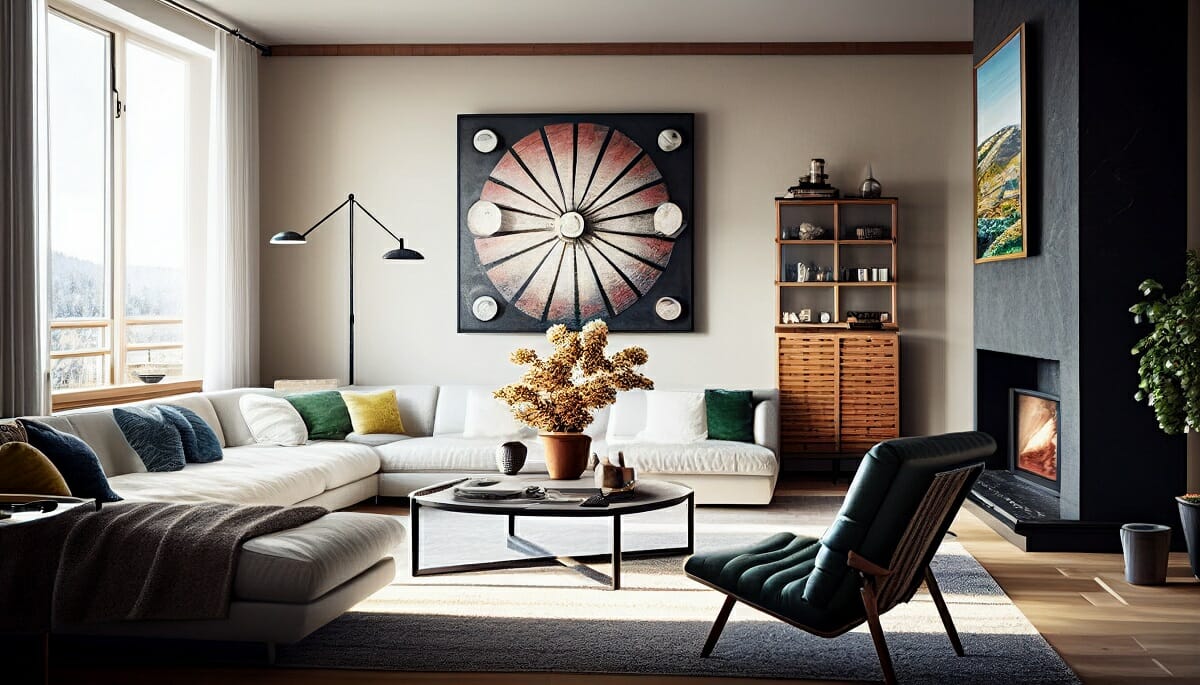
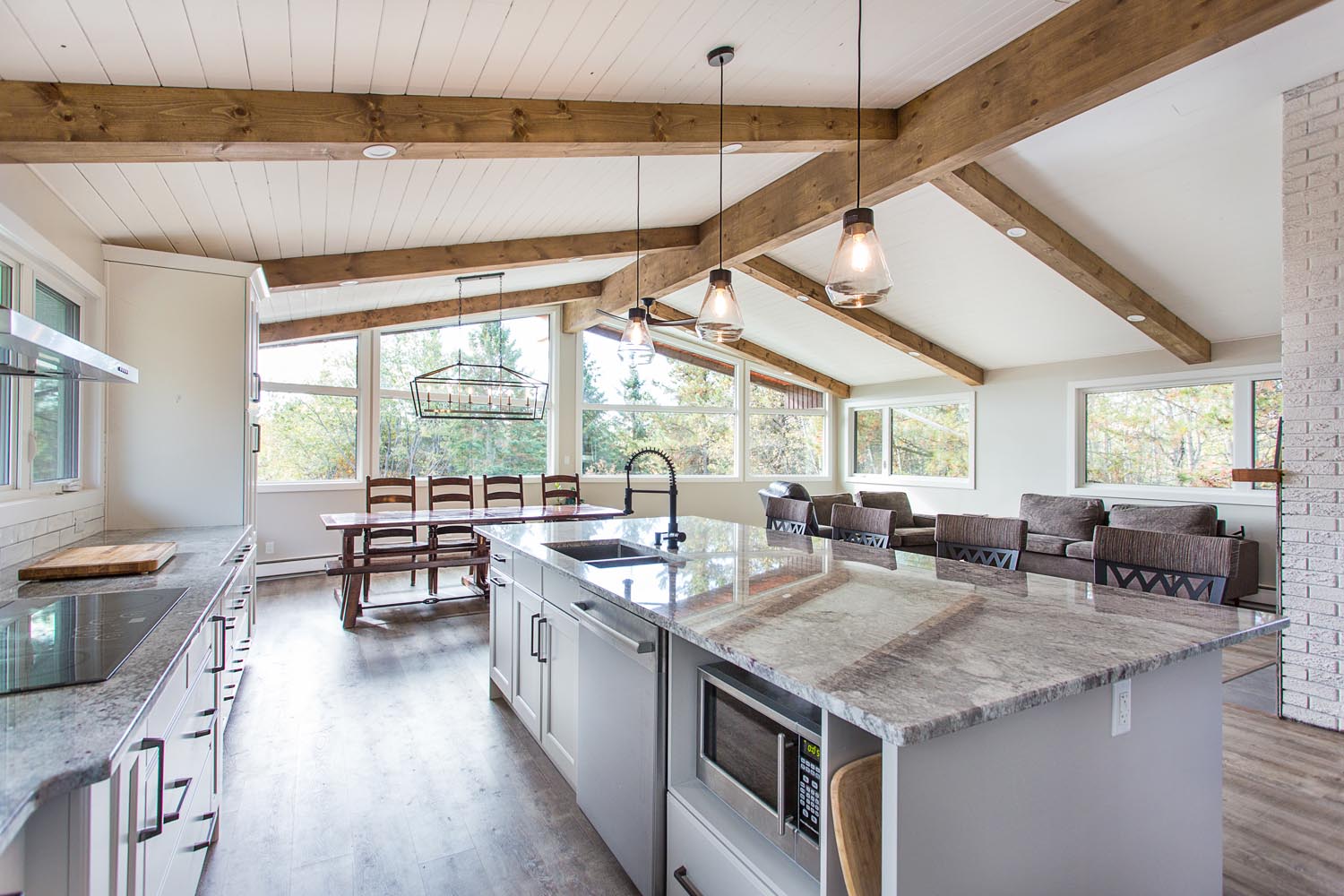

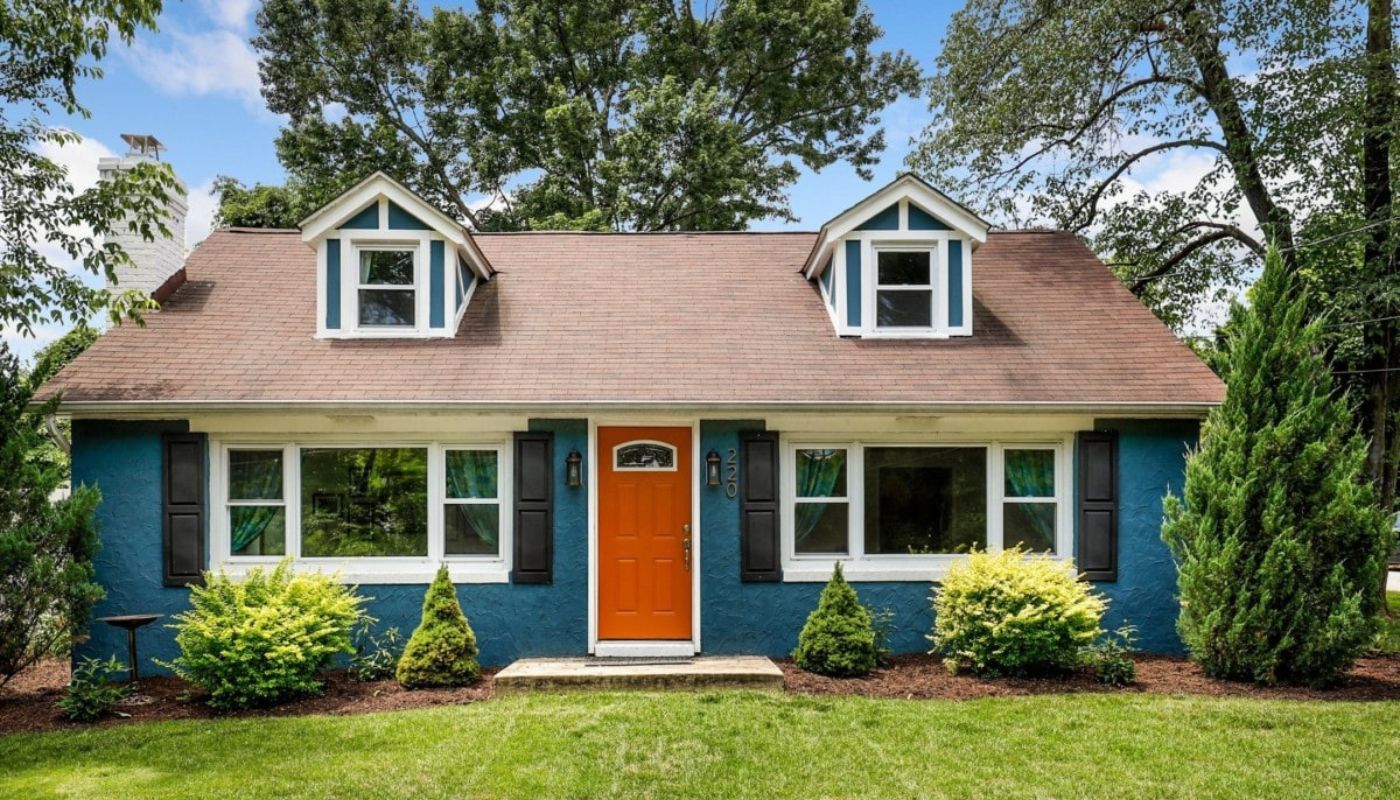
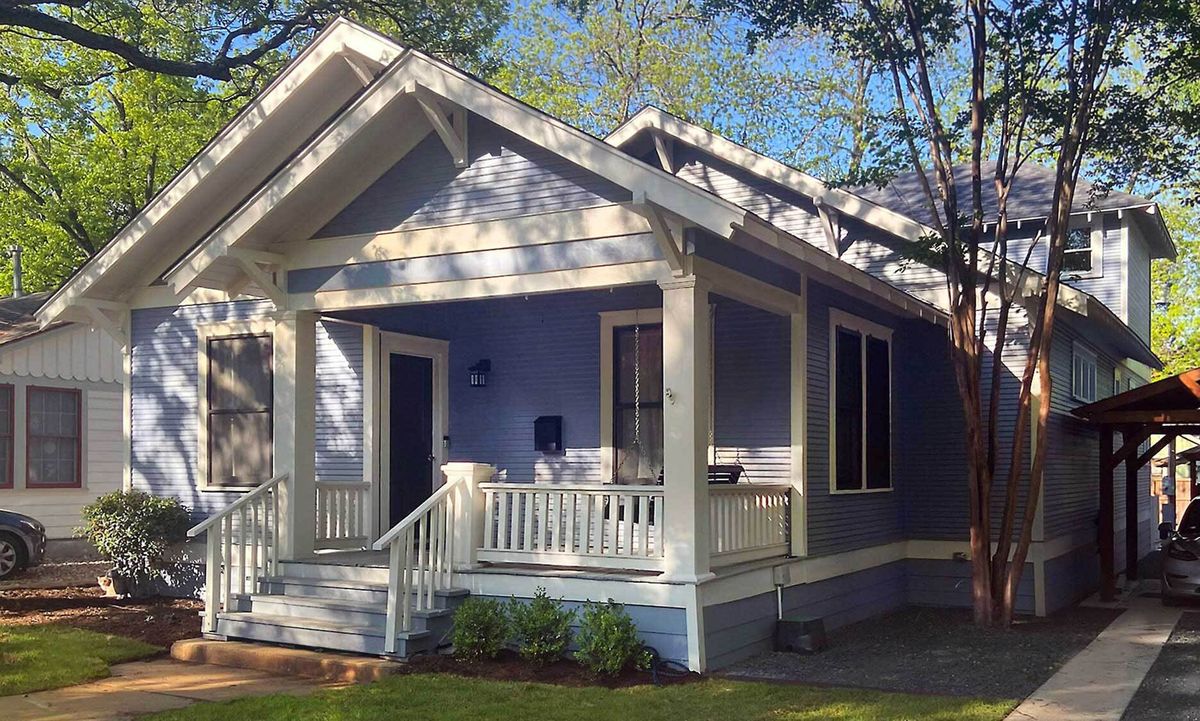

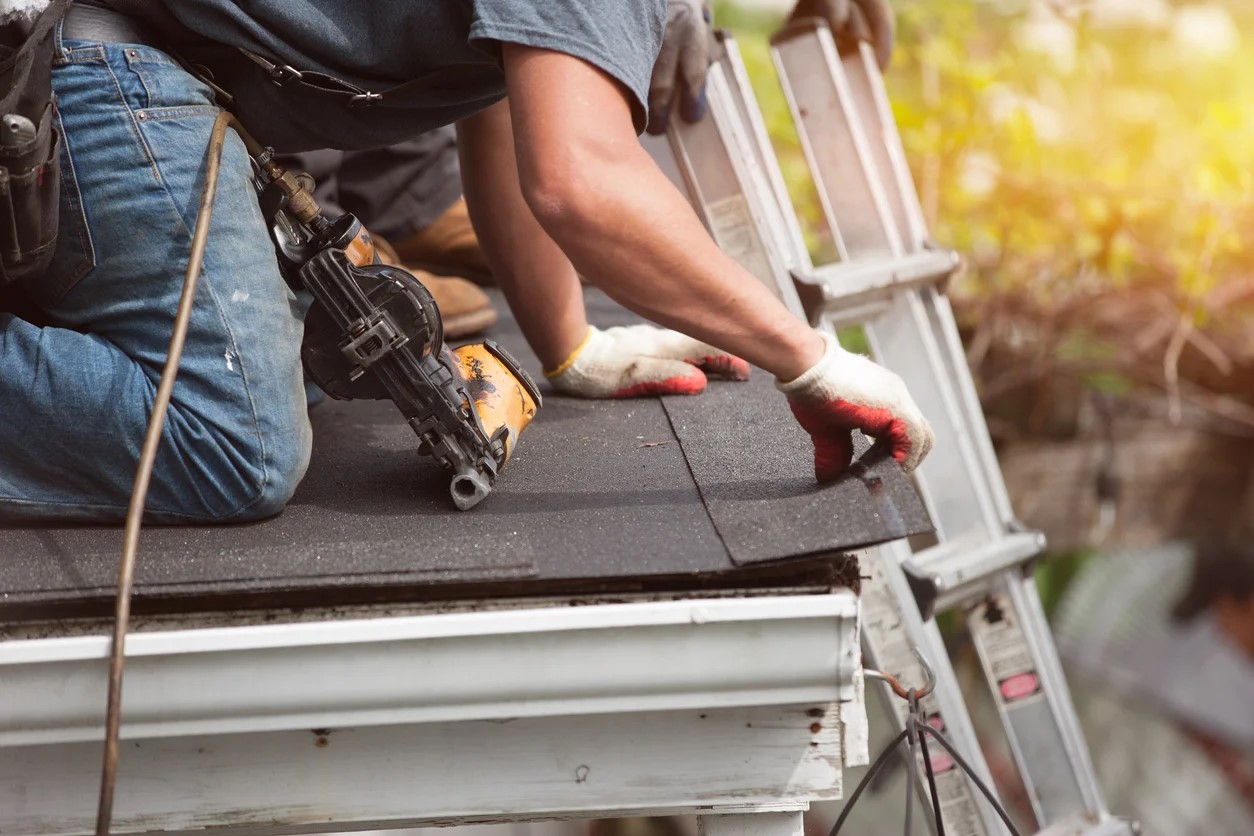


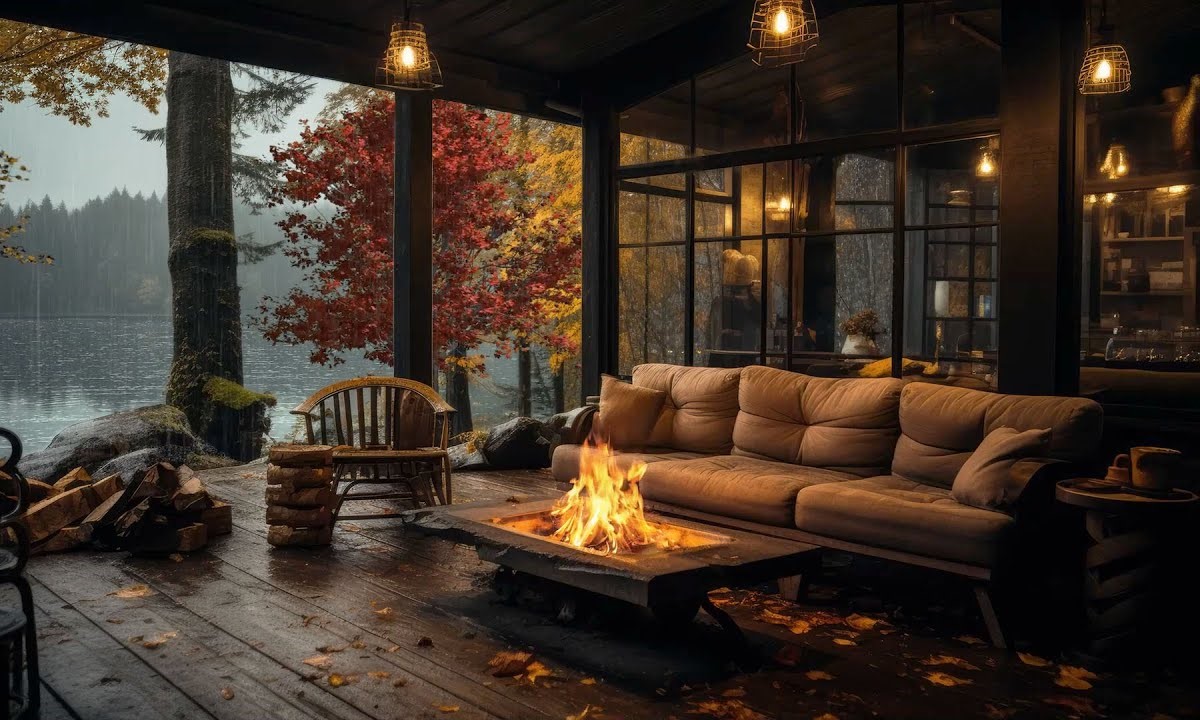
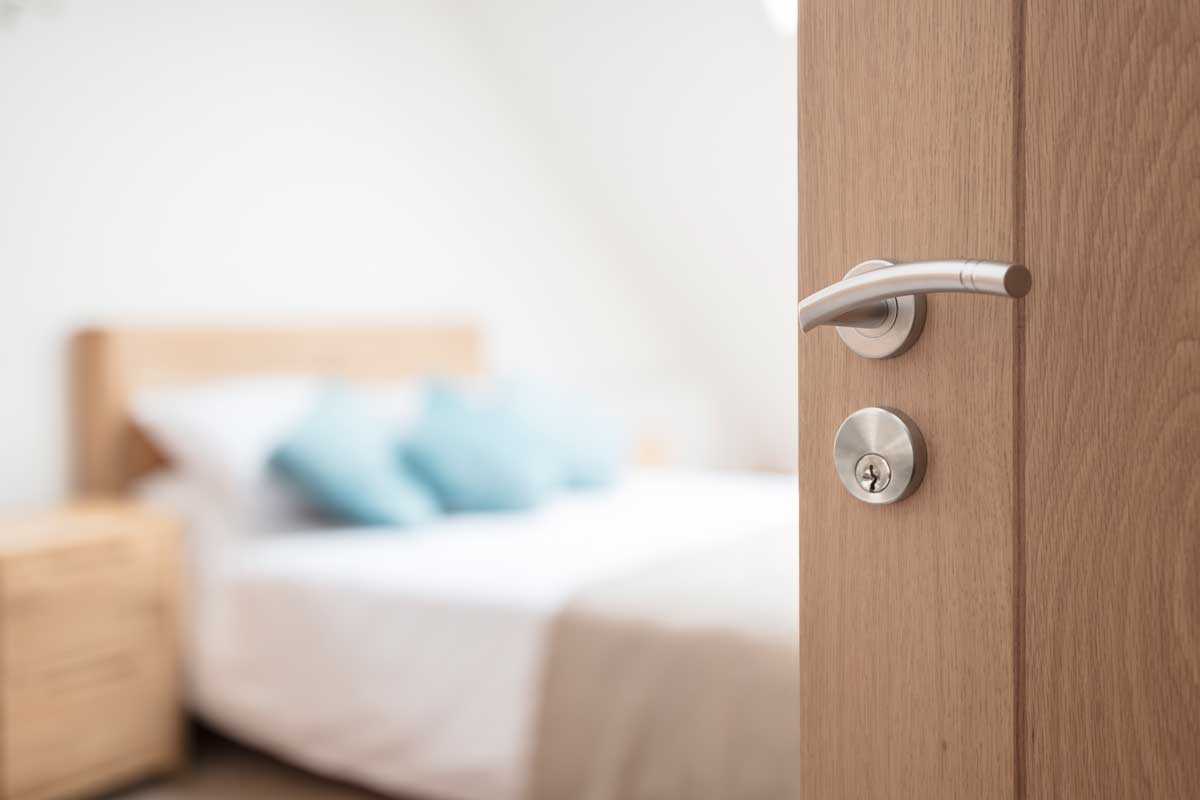

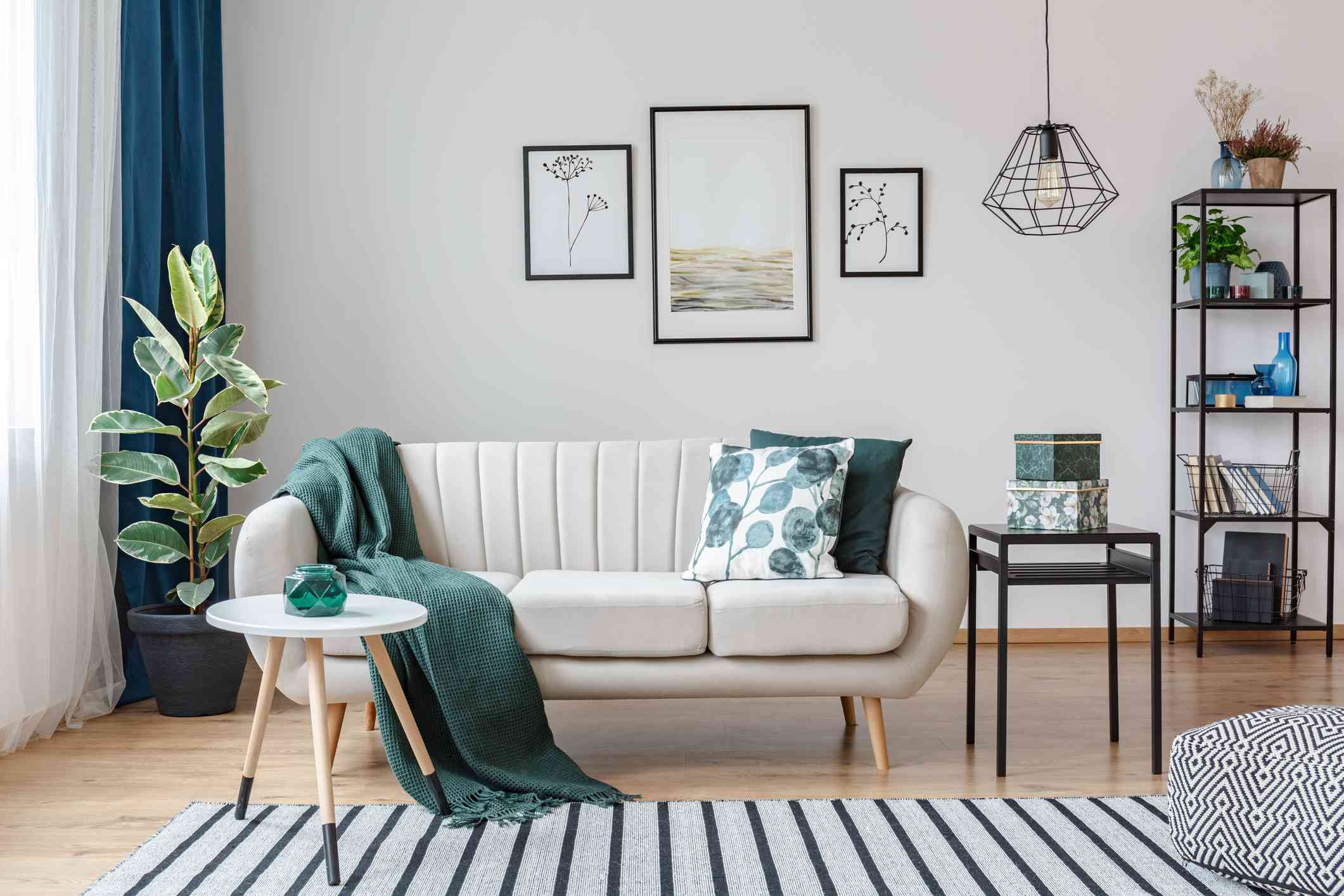


0 thoughts on “Not Your Forever Home? These Are The Renovations You Should Skip”